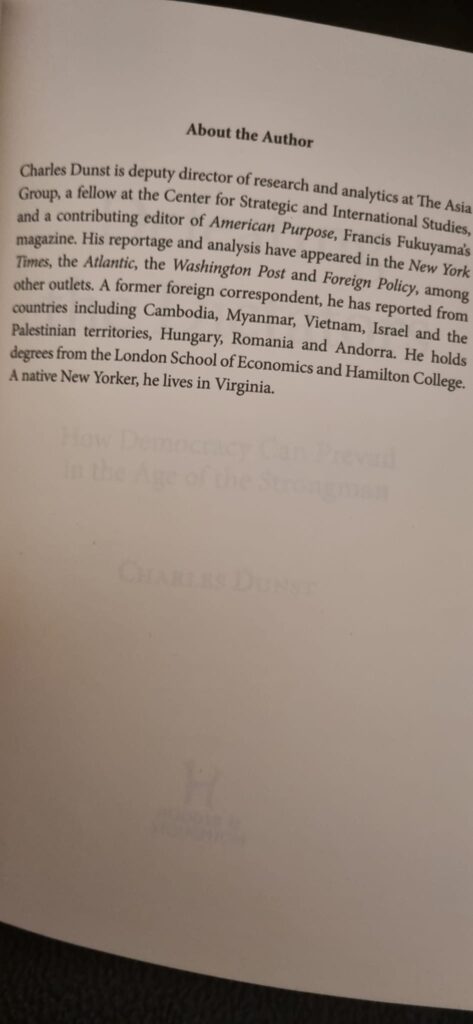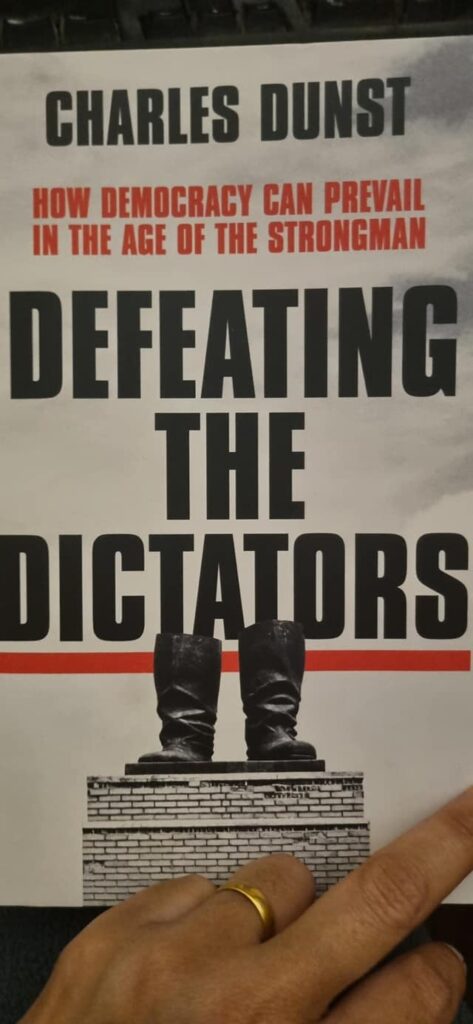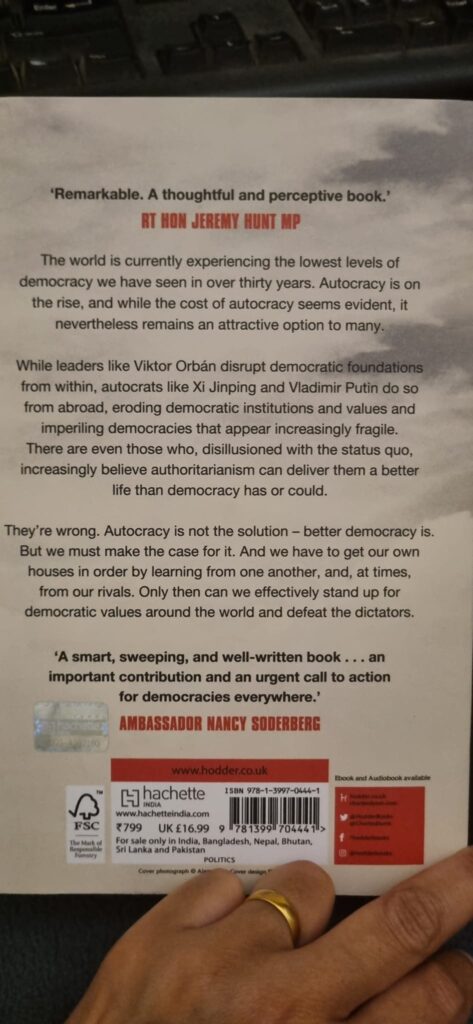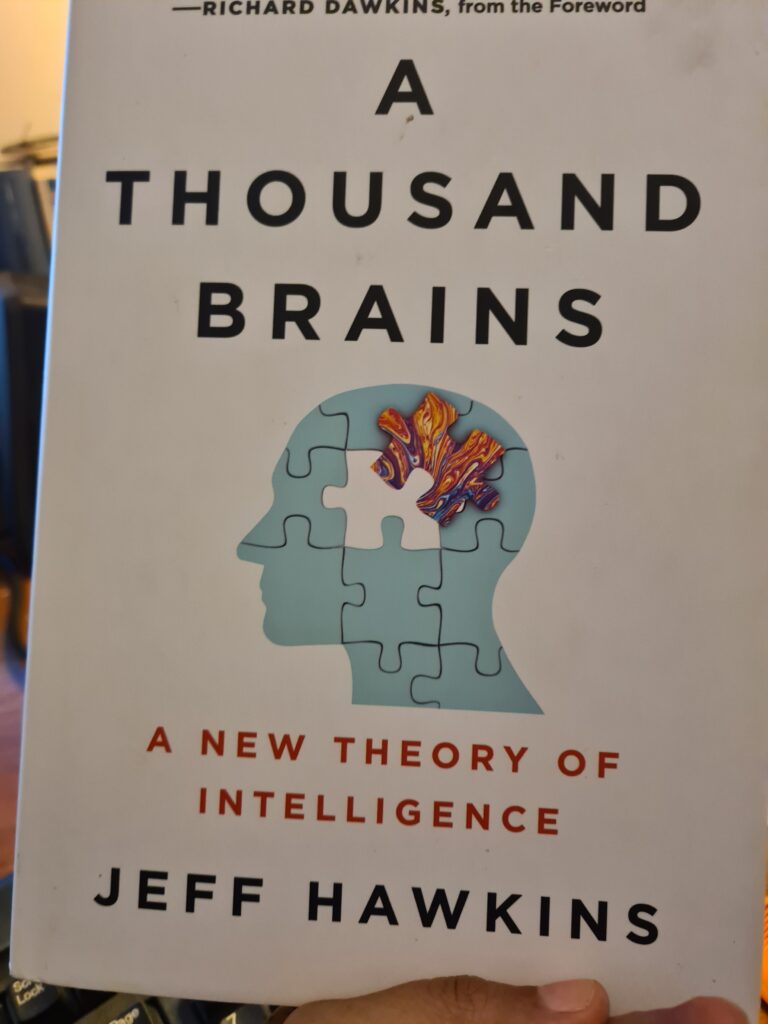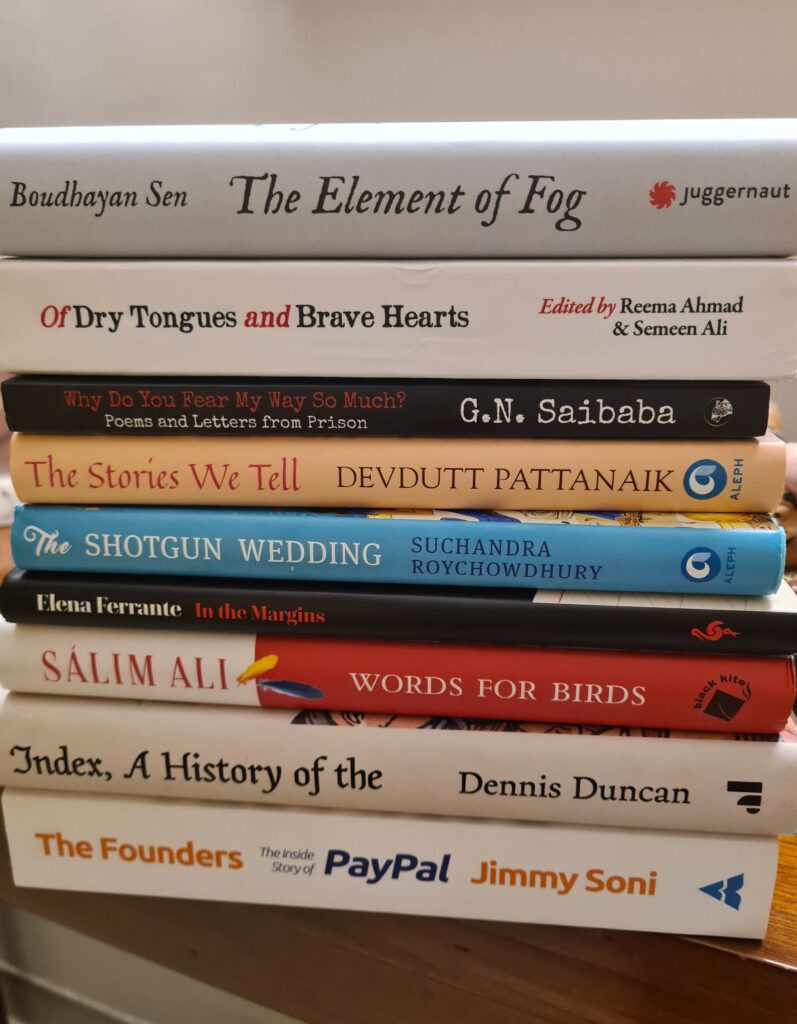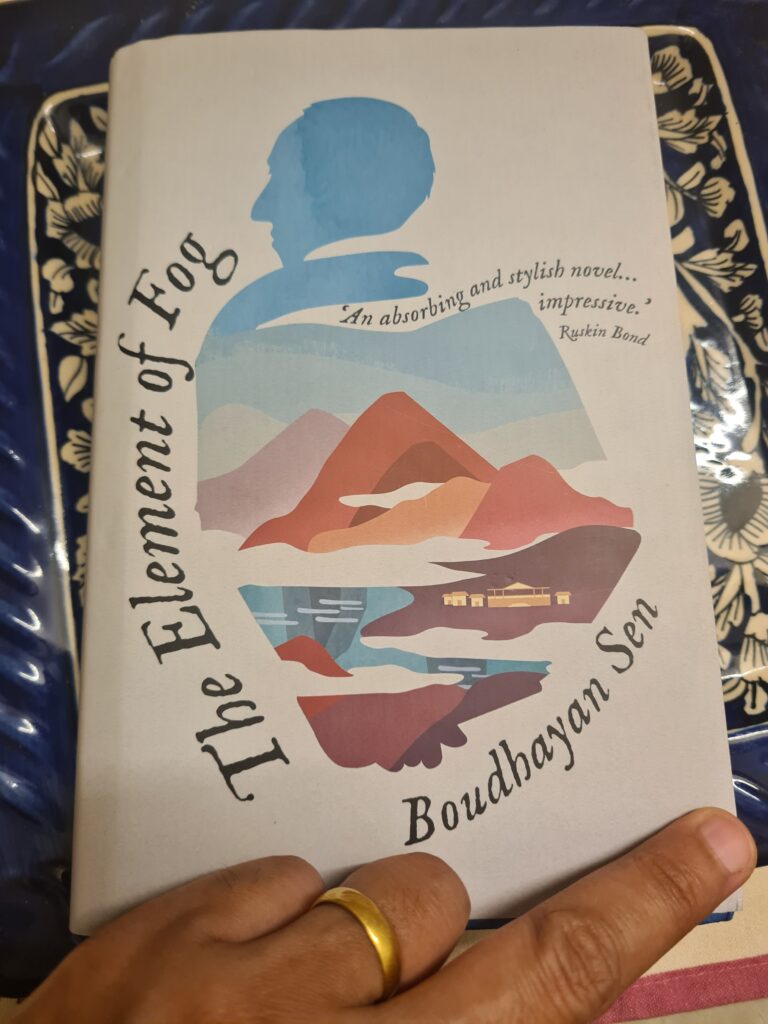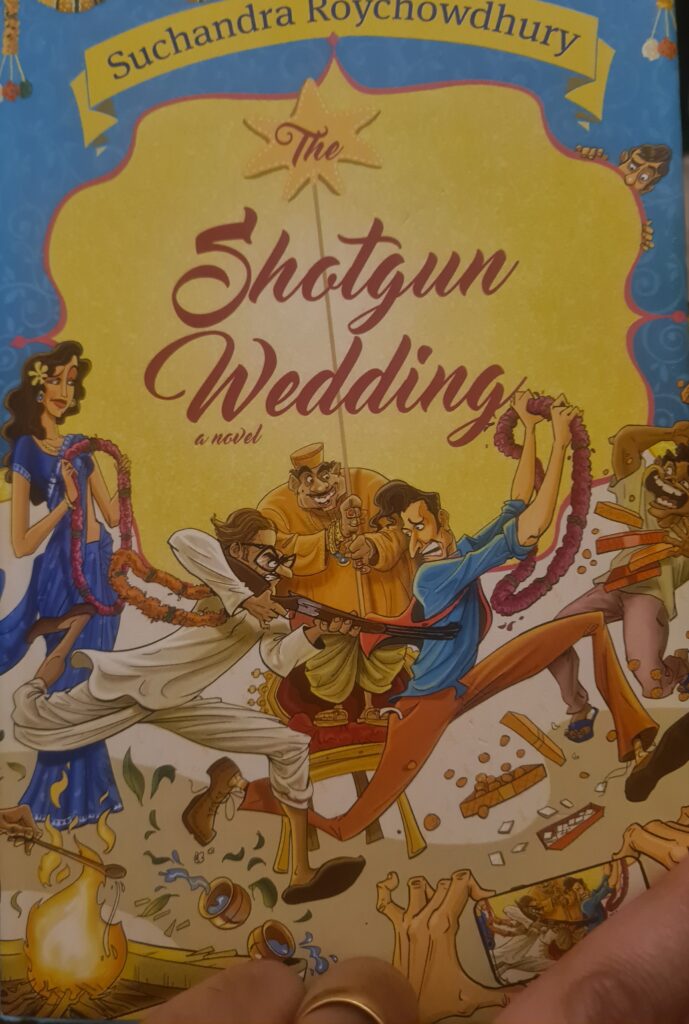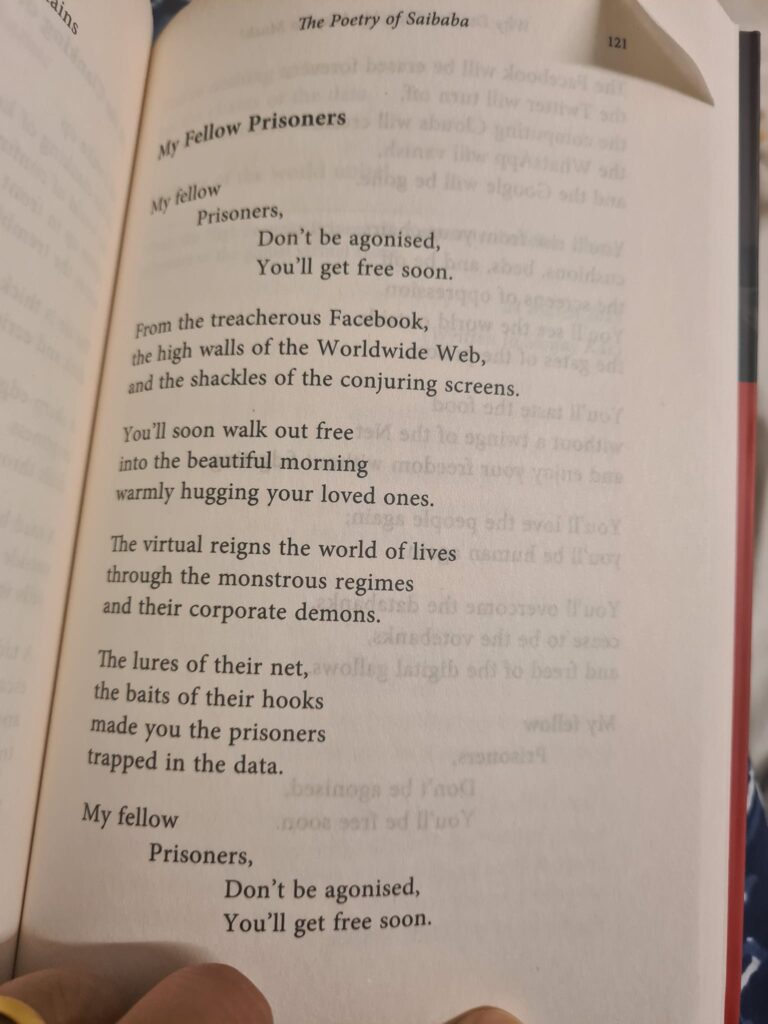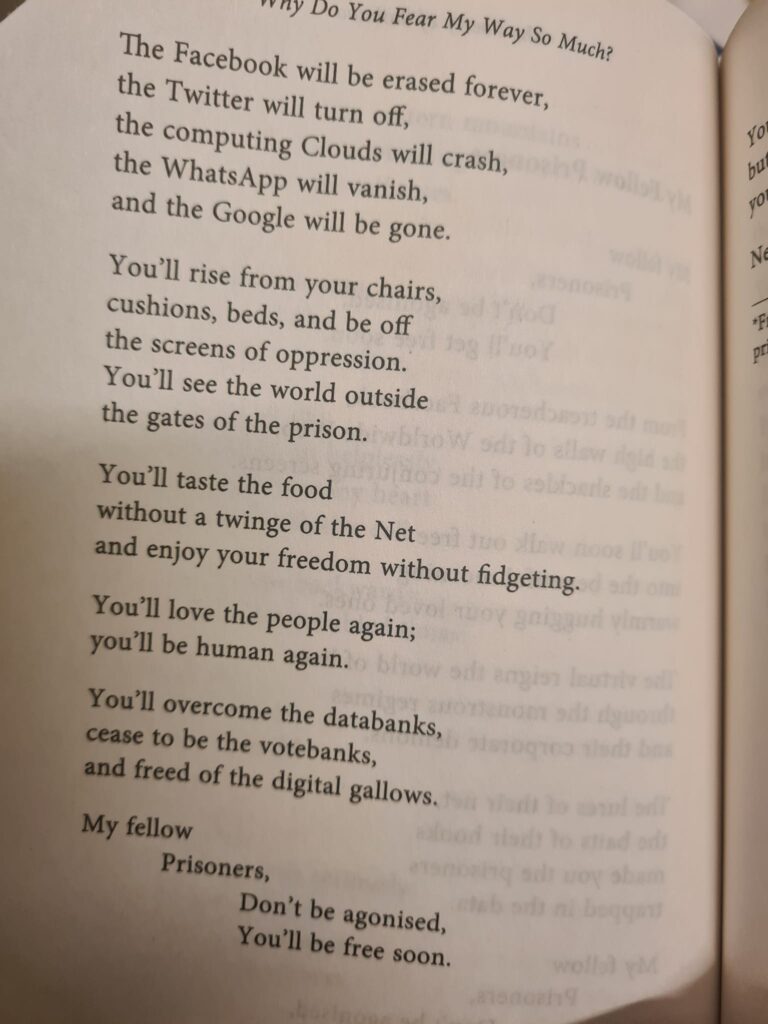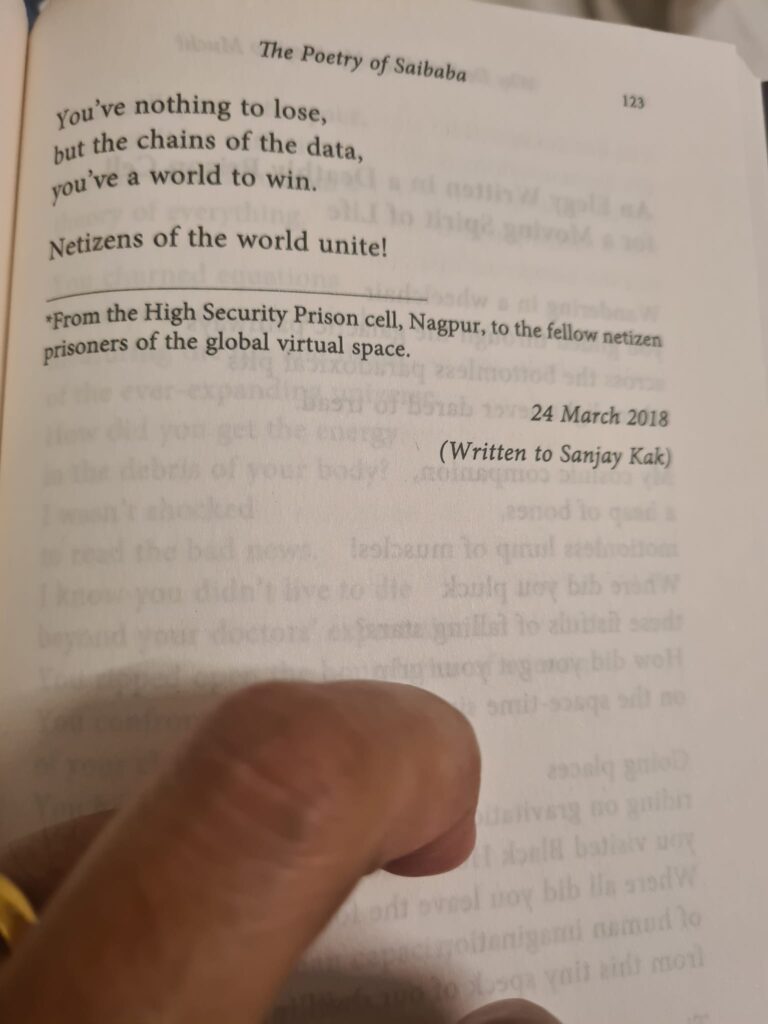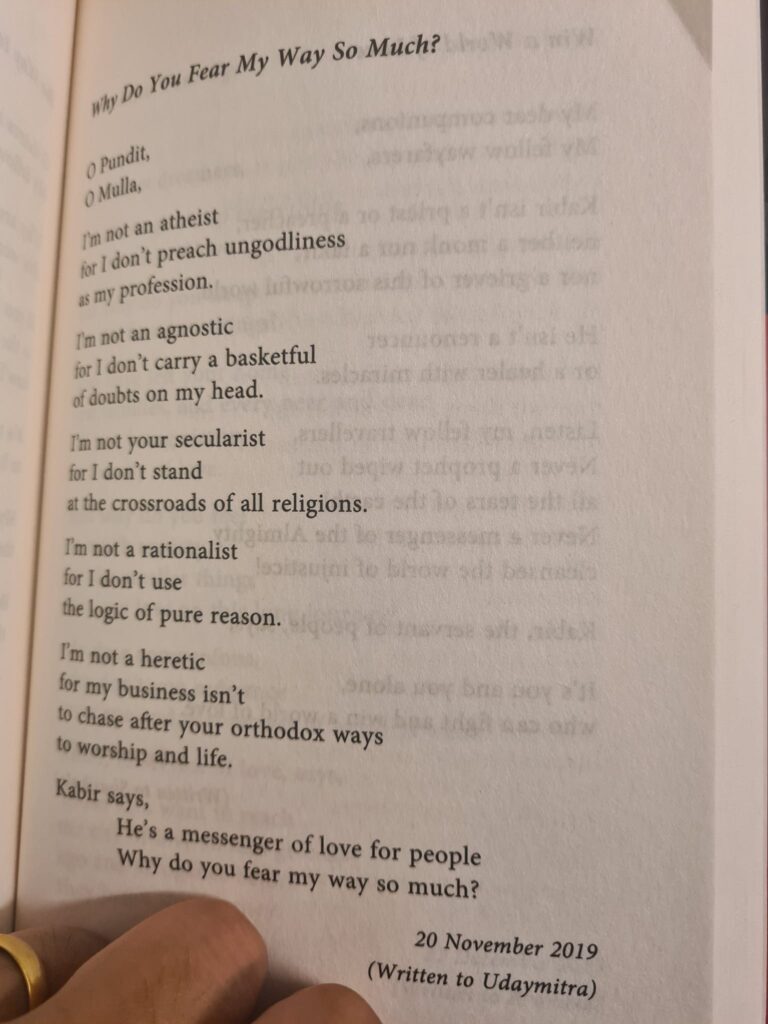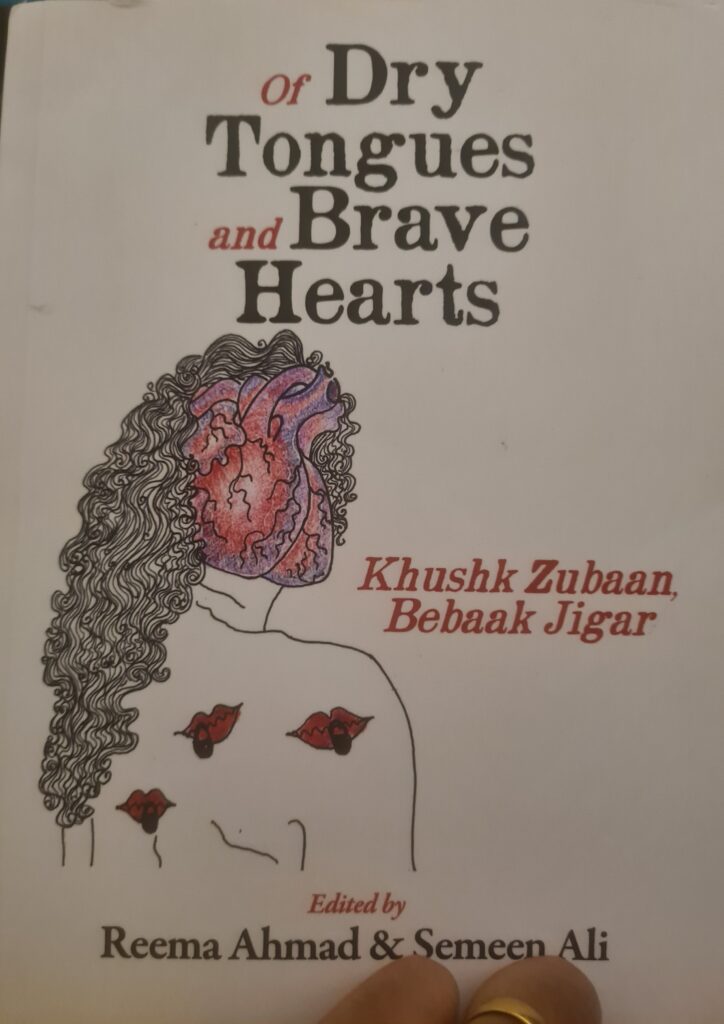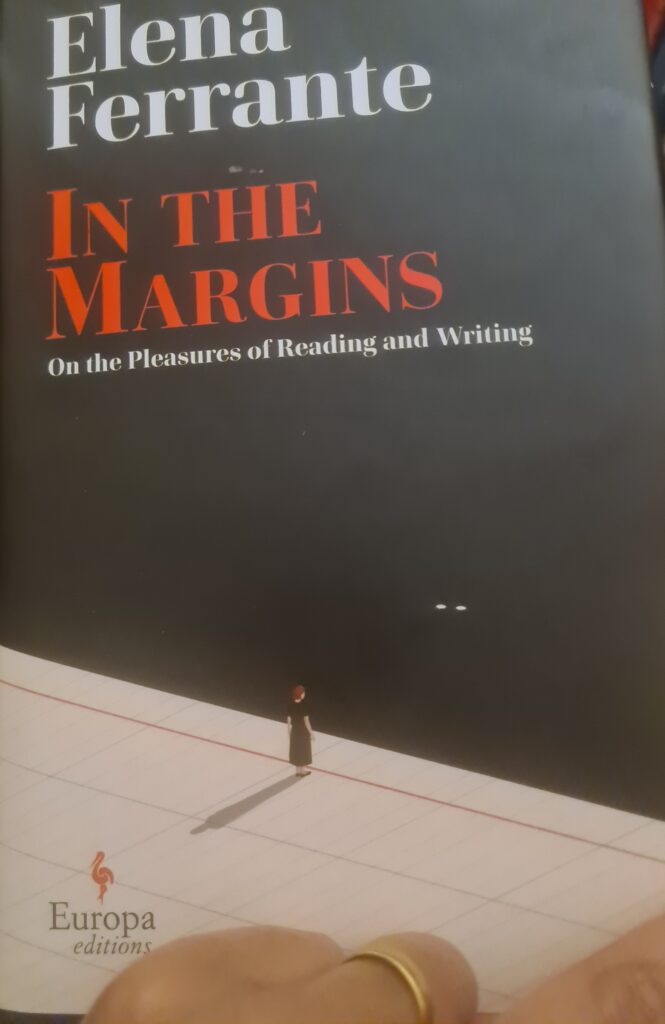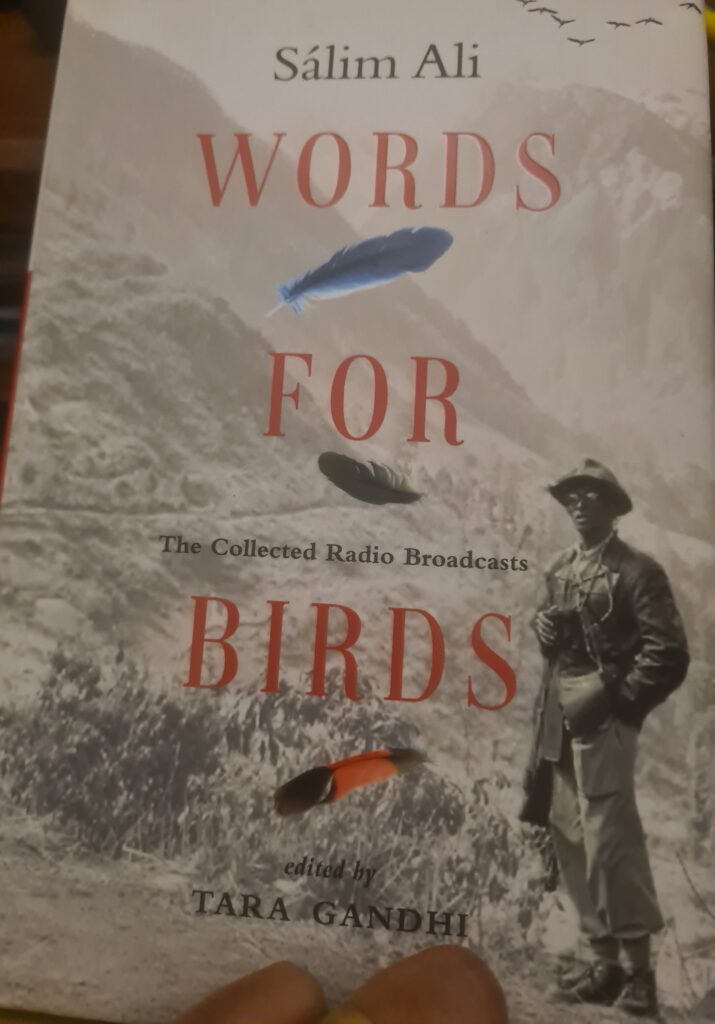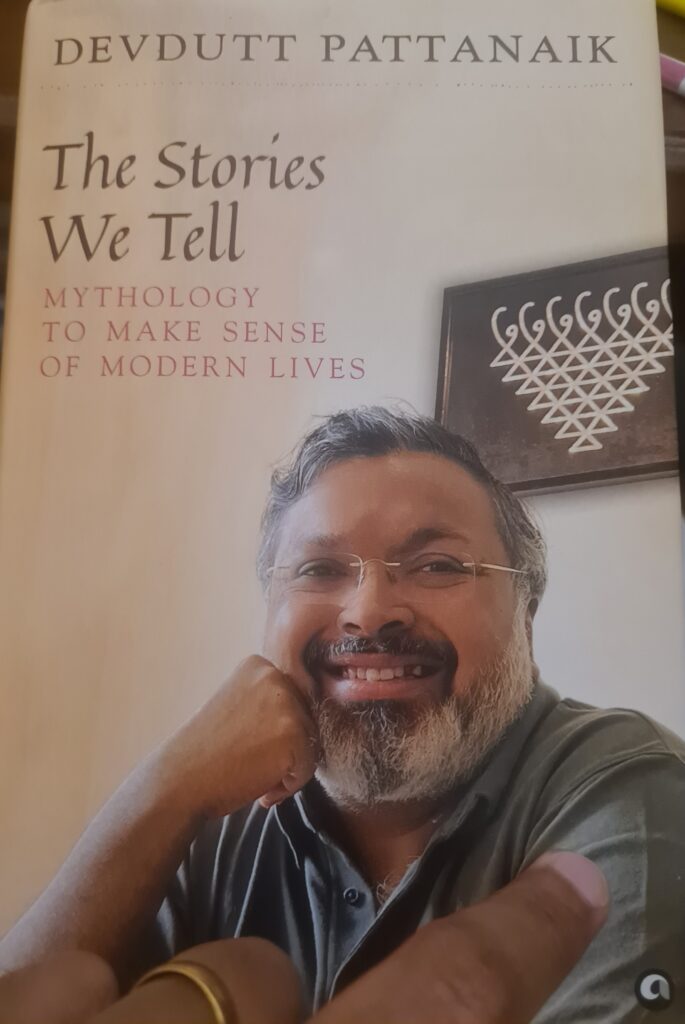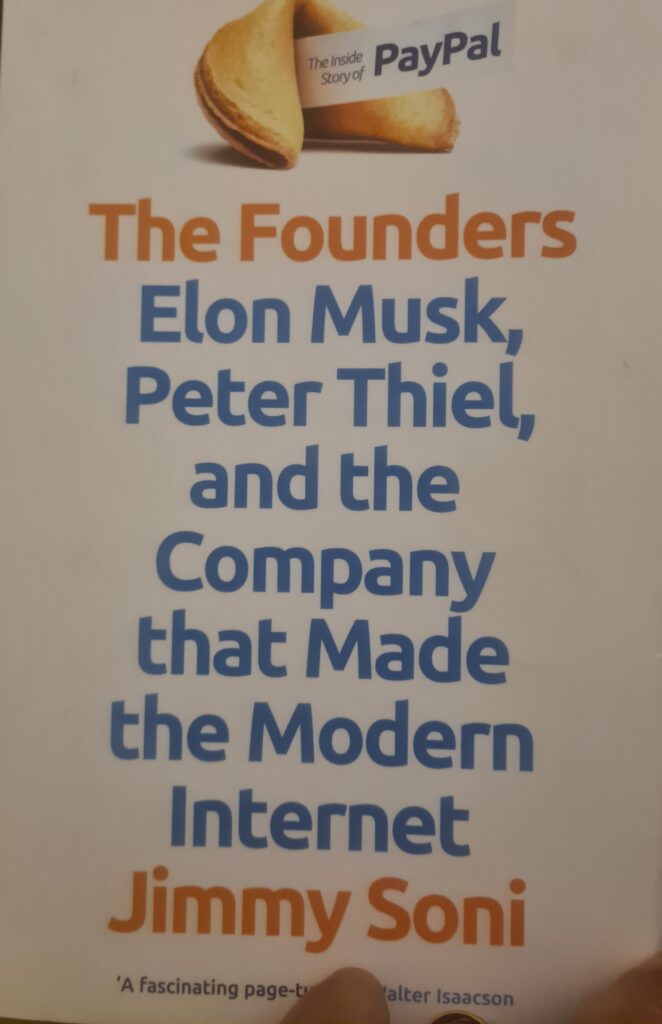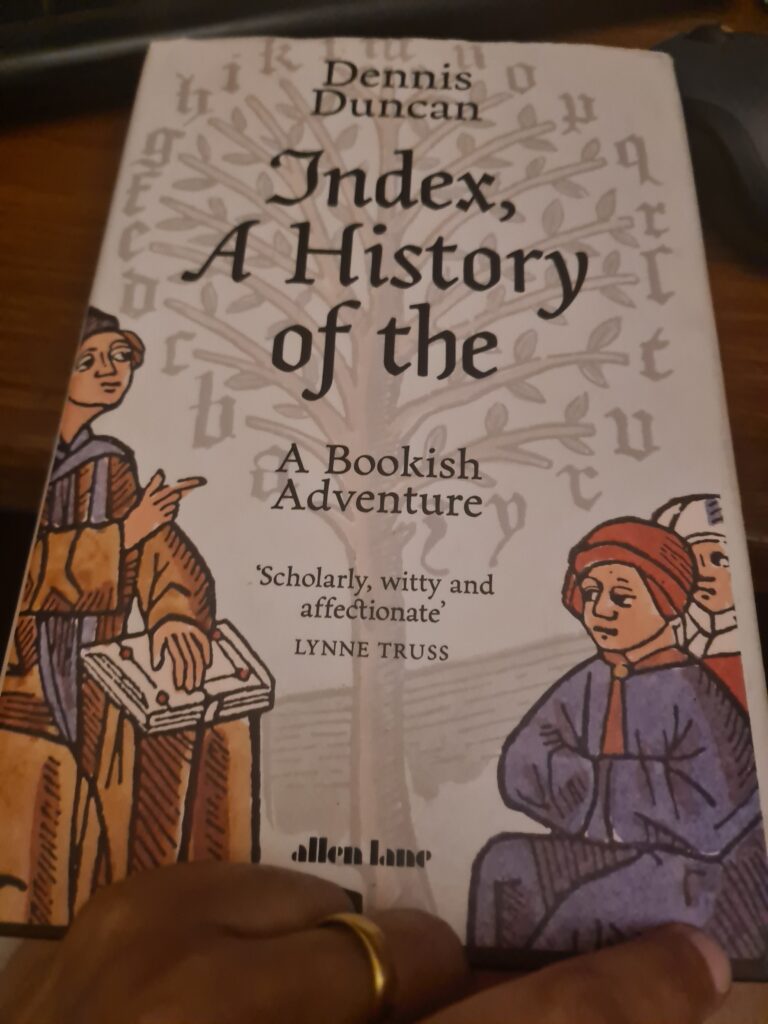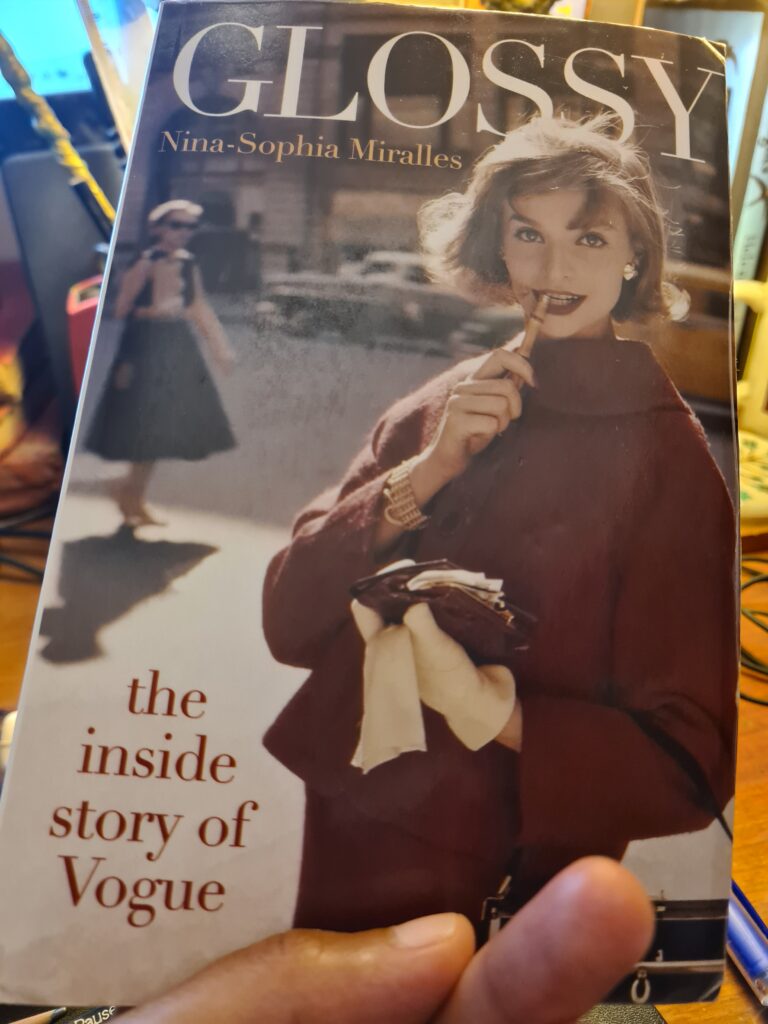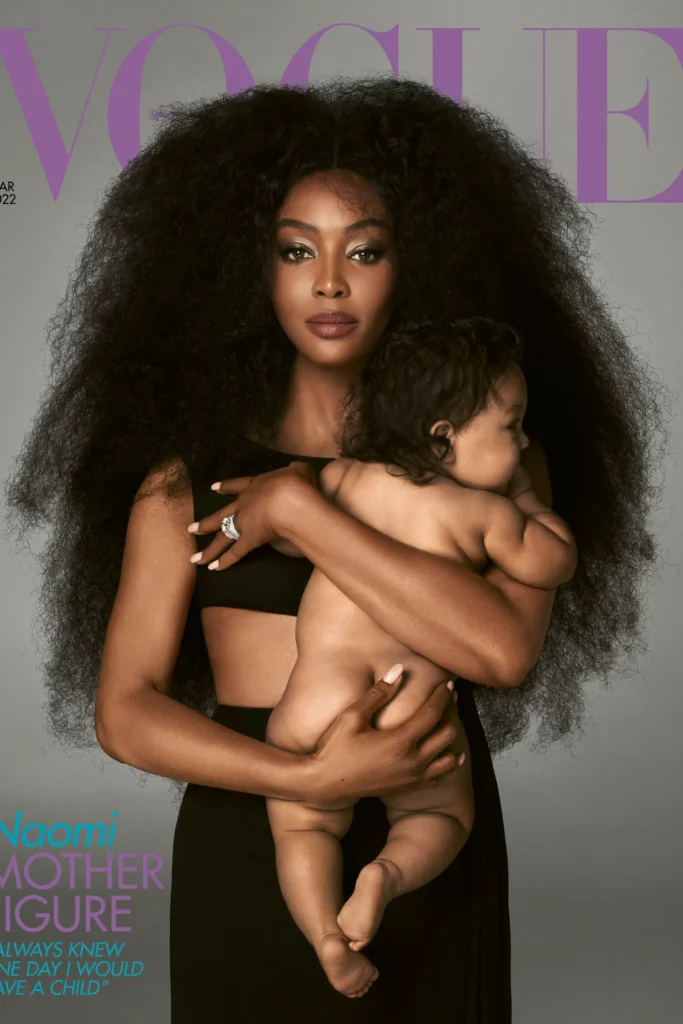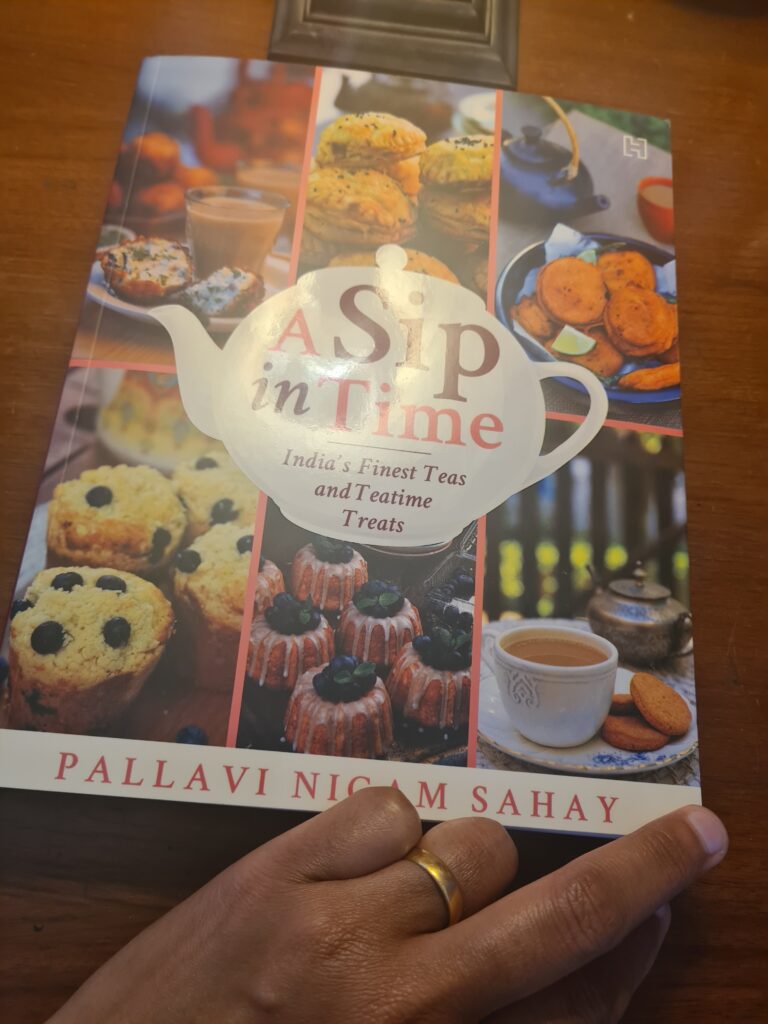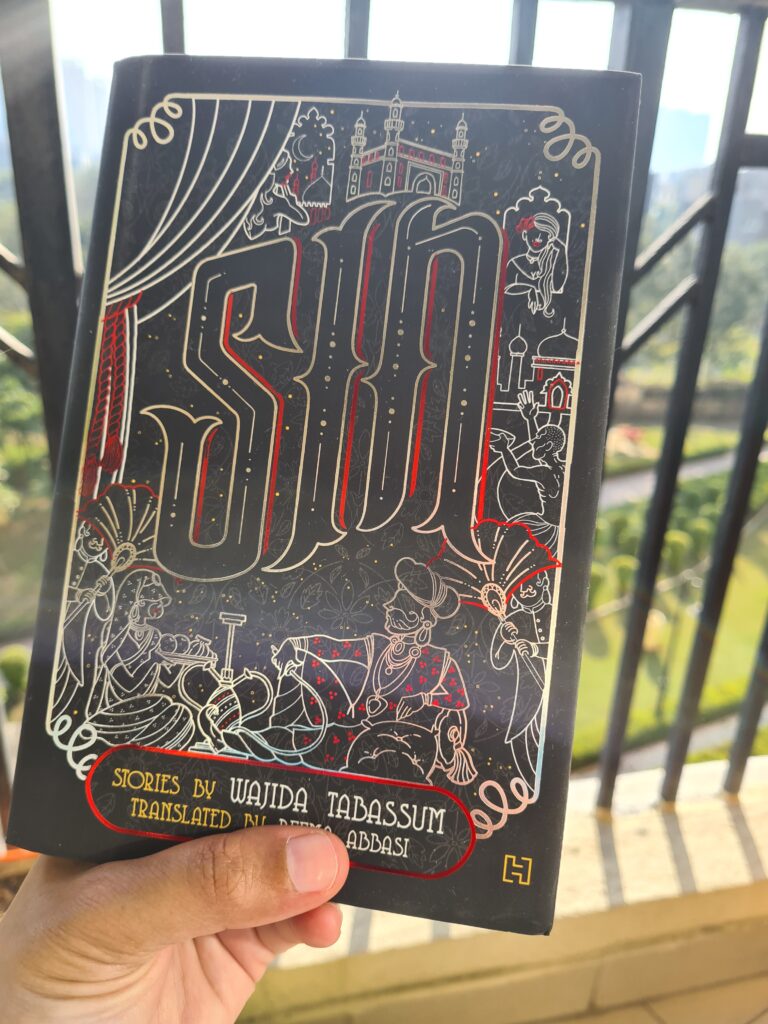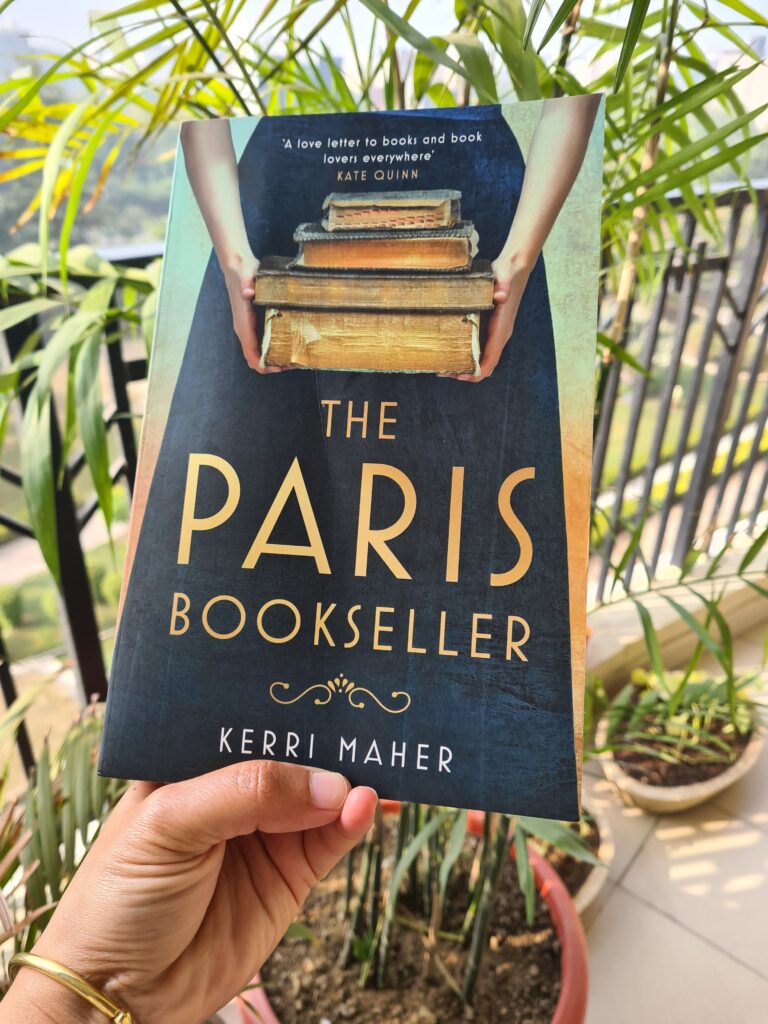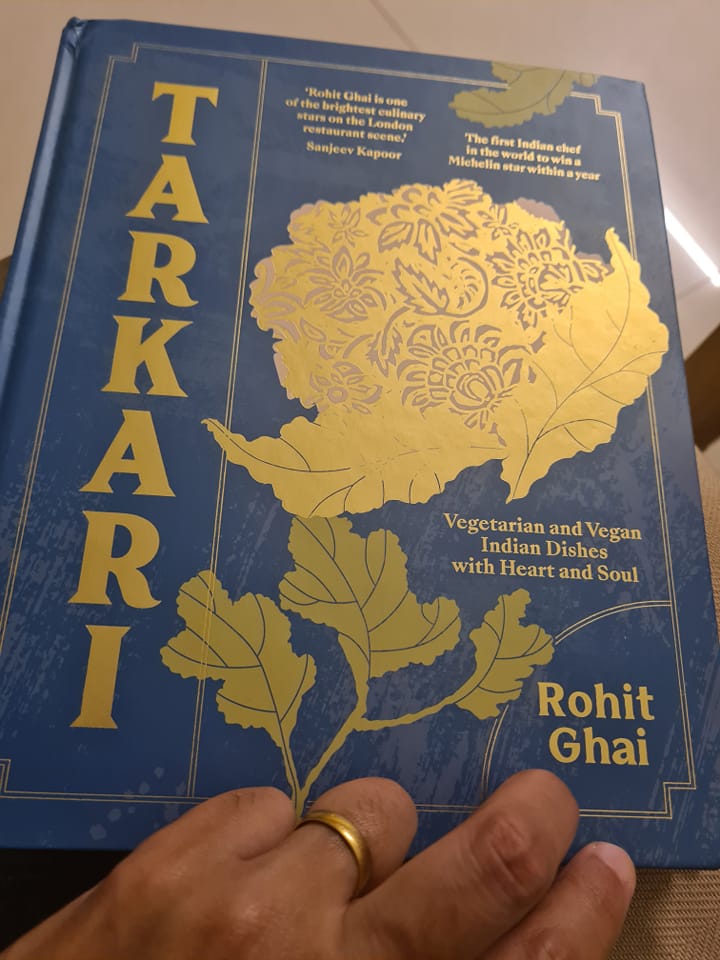15 years of Hachette In India and the state of the market: a Q&A with Thomas Abraham, MD, Hachette India
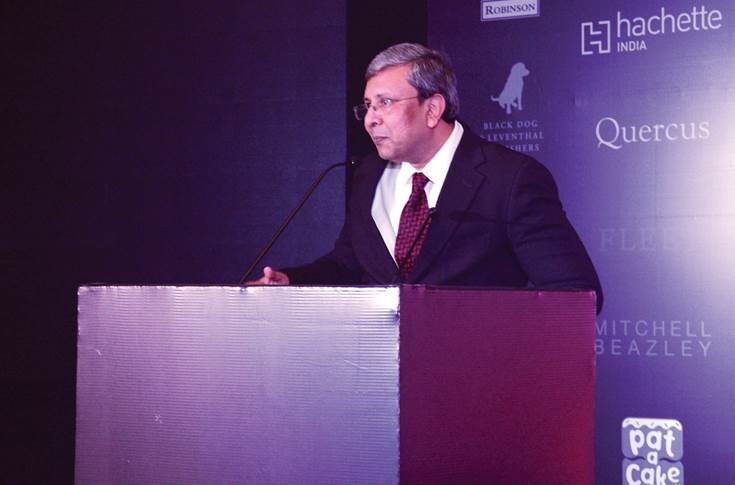
A few weeks ago, I happened to email Thomas Abraham, MD, Hachette India, with a bunch of questions about the status of Indian publishing and trends. My head was buzzing with a few questions. As always, Thomas Abraham replied. We discussed the replies over email and here is the final version.
1. What has changed in the last year? How have reading appetites grown? Has the pandemic had an impact?
— The pandemic had a severe impact in 2020 with the lockdown and book sales being stopped.
Subsequently in the years following, sales have grown for most publishers and in spades. Certainly, one or two trends have caught fire here, but I wouldn’t go as far as to say that reading itself has grown. There is a big difference between the books market growing and reading habit growing. I still believe we’re a far cry from the latter in terms of what it should be (or so I think…. what it was in the 50s-70s, but there are reasons for that). But it all depends on how you choose to map it. The market has been buoyed up by a particular trend (I’m not knocking it but clearly indicating it as aberrant) and certain sorts of generic product has exploded. All of this is fantastic and is a part of much needed growth (in terms of capitalization of the market) but whether leisure reading has grown is I believe another deeper question. And the true measure of that would be if all (or at least a lot of leisure) categories grew—that would then demonstrate an appetite for all round reading. To give you an example of what I’m talking about—if the children’s segment has grown by 30% on the back of generic product like ABC or 123 books that can’t really be equated with children reading more; any more than Harry Potter spiking growth rates can be taken as children returning to reading as a habit (if other all round sales don’t also grow). Sure, it is hoped that these spikes are first steps towards what lies ahead in terms of the reading habit growing, but right now happy as I am with sales results, I believe it’s too early to start celebrating the return of reading.
2. Is print still dominating at 90% or will it ease soon?
–yes, it’s about that much, as a rough ballpark… maybe slightly more even. Other formats have spurts but have not been able to dislodge print. Certainly digital (ebooks) have not caught on enough to be anything more than a 5% to 7% contributor. Audio is the new kid back in town (I say back because the format had one big spike in 2005-08 with CDs) and let’s see how that pans out with the current digital formats and streaming platforms.
3. Did ebooks have the resounding success during the lockdown as many claim it did? Where does the popularity of ebooks rest now?
— I personally don’t think so and would be happy to see any concrete data that contradicts my impression which is based on our own sales data (and we’re the No 1 ebook publisher in the world) and a few other publishers who’ve shared the same experience. Certainly, the months of lockdown saw eBook sales doubling because print book sales were not allowed. But in terms of market impact, that doubling over 2-4 months meant nothing if it didn’t change the existing modes of reading subsequently. And that it was a temporary blip was reflected in subsequent sales contribution of eBooks which went up slightly to the 7% -9% level in 2020 (where print fell by over 20% due to 3-4 months of zero sales) and then subsequently settled back to the 5%-7% level it was earlier.
4. Based on this claim, is it fair to assume that digital is making inroads in the print publishing industry?
–To me no, at least not in the past few years if you mean in terms of either sales or even replacing the basic reading vehicles for fiction, and narrative nonfiction. The jury is out on the potential of audiobooks, and yes it seems that this could see more robust uptick than ebooks. But certainly, digital has impacted print publishing in many segments like reference or visual publishing or travel guides where it’s virtually replaced the print models there. So, it’s inevitable that with the growth of technology and current rate of advancement in AI etc the digital side will have some impact (coupled with other trends like paper scarcity and paper prices), but I don’t think even the medium term will see that big transformational changeover just yet.
5.With the increasing adoption of UPI, don’t you think it is possible that in the near future, the publishing industry will have to view new ways of accessing customers? Digital payments mean cash payments before the transaction is completed. There is no need to wait 3 to 4 months for consignments to be either paid for or returned in a damaged condition.
–Unfortunately, no, that would be a seamless model if eBooks were like 60% of your business. As long as the current models of distribution and retail remain (remember international publishers themselves can’t retail by law) that pace will improve but not change fully. UPI finally is just another transactional mode—we’ve had cards and bank transfers for decades, so any enabling change would have happened by now. What you’re talking of can flow if one is selling direct to end customers with little or no via-media channels. That also probably will happen but is some time away.
6. Post-pandemic restrictions easing, do you think there will be changes in the traditional business models of publishing? (Have publishing models have experienced a shift with the pandemic? Are publishers reviewing their lists differently? Are backlists taking priority? What is it that publishers seek in their frontlists? Has the very concept of a planning a new book changed?)
— Yes and no. Certainly there were many learnings in 2020, and the importance of fiscal responsibility was evident—whether in the nature of book acquisitions or the management of the cash cycle.
The fact that traditional backlist sales went up so much was a great consolation to those with strong backlists. But the frontlists falling off by so much as an average should concern everyone. And we’re not talking of a 5% fall off. We’re talking of the monitored market seeing over 90% of frontlist sell less than 1000 copies across the industry. And that’s a trend that began before COVID.
Frontlist will remain key because one can’t stop investing in frontlist if you want a backlist in the future. And herein lies the rub. There is definitely a new market reality that clearly tells one that many old assumptions are wrong, and we’ve seen that demonstrated not just with the failure of ‘big ticket’ books but with publishing companies going down or unable to continue without a distress bail-out sale.
But the bounce back the overall market has seen has buoyed up most publishers and the recent brick-and-mortar rebound is a welcome sign. The worry is that the fundamental frameworks of trade distribution and retail are still fairly archaic and we know that old bad habits die hard (irresponsible returns, purchasing discounts instead of books, and delayed payments). So, will the sales forecast be twigged to make the book P&L work rather than assessing known benchmarks and market reality? Will the rash expansions of rushing into high priced malls to open loads of new stores be thought out more carefully? Yes, publishing and bookselling are both hunch and passion based businesses and the business is about swings and roundabouts. But equally can one forget that barely over a decade ago there were about 5-7 national chains where there’s one today and a couple of regional multi-outlet stores.
7. Many other sectors that depend on publishing, such as film/tv/audio and digital platforms, see publishers/authors as content creators or as storytellers. Do you think this will impact the manner in which publishers commission stories or sign up authors?
— I think yes. Of late post the OTT explosion, we’ve seen a rise in page-to-screen Rights sales industrywide and audiobooks seem to be the next ticket-to-ride right now. While publishing is and will remain book based, it is still an all-round content industry. Of late, we’ve seen a movement towards carving out rights piecemeal by agents or authors. This mirrors the early attempts when eBooks began to try and separate those rights. So, at Hachette India we’re clear that’s a deal breaker. I see no reason why a Publisher should be viewed as just a print vehicle. There are self-publishing platforms for that sort of solution. So either it’s the whole publishing Rights agreement (with all subsidiary rights) or none.
8. Will publishers be a little more careful regarding their ROI on an author?
— I hope so. It’s my belief that in India we’ve pursued the loss leader for too long and for no reason other than turnover (or sometimes hypothetical award potential) rather than the quality of the book or by looking at the segment. A sustainable business is measured by profit and that top-down movement of a clear path to profit must be visible (I believe) in a 3-year cycle. Remember the adage ‘turnover is vanity and profit sanity’. For too long have indiscriminate advances, illogical trade discounts and the slowest cash cycle in the world been a characteristic of Indian trade publishing. The pandemic did show us it could be otherwise; and we’re seeing of late that even the tech and start-up companies are having to establish a clear road map to profit with pressure from promoters.
9. Hachette India has a fabulous backbone of domestic authors, such as the amazing Roopa Pai and Rana Safvi but you tend to place your bets more on new and contemporary voices. Some of the best stories I have read are from your new authors. Why invest in new voices when others shy away from it?
— Thank you… yes we’ve got some great talent including Roopa and Rana. We do have a good mix of established big brand and the new voice. Don’t forget we also publish Sachin Tendulkar, Viswanathan Anand, Subroto Bagchi, and most recently Indra Nooyi on the non fiction side. Plus there’s Anuradha Roy and Manjula Padmanabhan who are huge names on the literary side. But yes we’re proud of the fact that our list actively scouts for new talent. That was one of our stated publishing objectives when we began local publishing as a full programme a decade or so ago –across both Adult and Children’s programmes; and it remains in place today. Of course one wants the mega sellers… and we’re grateful we have JK Rowling, John Grisham, Nicholas Sparks, Stieg Larsson etc. And its great planning their next release. But equally there is as much if not more of a rush in creating something from scratch that was not big before. We’ve done that with a few across both our imported and local lists –Keigo Higashino, The Last lecture, A Man called Ove, Govinda, The Art of Thinking clearly, Roopa Pai all of which were built locally and weren’t bestsellers earlier or elsewhere that flowed down here.
Though today all our local publishing divisions are both list-and division profitable (and these are two distinct things), we won’t forget that our journey was a rough one for the first few years and we had to reboot midway. We began with a big focus on commercial publishing and gave that up because it just didn’t work when looked at as a sustainable list—for us. There were aberrant sellers yes, but commercial list building in India is fundamentally a low-priced game and that’s not a segment we can operate in at all. From FSC sustainable paper, to overheads we were not meant for the sub-Rs 250 price categories. We changed tack but retaining our aim to look for new voices and publish in genres like sff, historical fiction, crime, humour. The reason we continue to invest in it is because in its own way that has paid dividends, and we publish successfully within our framework because we’re really P&L driven.
10. How challenging is it to introduce new authors/storytellers — domestic and international– into the book market? What does it take to make their book sales happen? Do authors have other opportunities to earn a living based on their books? For instance, appearances, speaker circuit etc? Or are publishers not concerned with those spin offs?
— It is very difficult in a market that is not primarily a reader’s market like the UK or Australia. And as mentioned earlier, if you look at the average frontlist numbers today they are far from reassuring. What breaks out is bigger than ever before, but the average has slumped far lower, and that’s a matter of concern (going back to the point about growing reading as a habit). There’s a lot more publishing happening, and both shelf-space and shelf-lives therefore have dropped considerably. A new book today has roughly 4-5 months to work; or the odds are that by then it’s done. Publicity and marketing can provide a tail wind on release but finally it is word-of-mouth that makes a book a bestseller.
11. What are the major trends in publishing that you see in vogue today? Are translations really as big as they are made out to be or are they a miniscule proportion of the 4% of trade literature? Do you think these will change in the near future as the boundaries between other storytelling formats and traditional publishing elide?
— The Booktok storm is the biggest trend of 2022 and we’re also a major beneficiary of that alongside other publishers. So even without Tiktok here, the Booktok picks from the west make their way here through other social platforms and the romance genre has seen the biggest uptick with some truly staggering numbers.
Translations have always been a staple of lists here from the 90s—they were a fair percentage in terms of title count when I was at OUP in the late 90s, at Penguin 15 years ago and it’s been the same in the subsequent periods too. So its not quite the new phenomenon it’s made out to be. There has been a steady tickover from the epics, mythology, and literary staples like Tagore, Premchand and Manto, and the odd buzzy book that stands out. In sales terms a few years ago Ghachar Ghochar emerged as a one-off big seller. We’ve had some amazing translations that made award shortlists and wins from Walls of Delhi, The Man Who Learnt to Fly But Could Not Land. Watch out this year for Sin, The Boar Hunt,
The Helicopters are Down The Chariot of Wisdom, The Starved, Kallo, Maran Swasta Hot Aahe and Menstrual Coupe to name a few.
But last year saw a big surge of excitement from Tomb of Sand and that has single handedly cornered over 40% of the monitored (translations) market. The translations share of Nielsen’s monitored trade market was in the 4 cr ballpark of which roughly 1.82 cr was Tomb of Sand alone. Yes, there’s a lot more buzz than ever before (it was also remarkable that every title of the JCB shortlist last year was a work in translation) but again in sales terms the average hasn’t really moved the needle that much. This is not to say that the potential isn’t there. It’s still a relatively unexplored area, and that is definitely going to go up—statistically by title count first. But the patterns of sales remain the same as for English (aberrant seller break out, midlist numbers being flat).
24 March 2023

